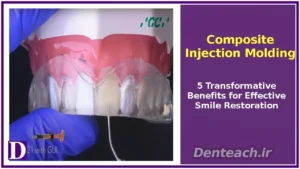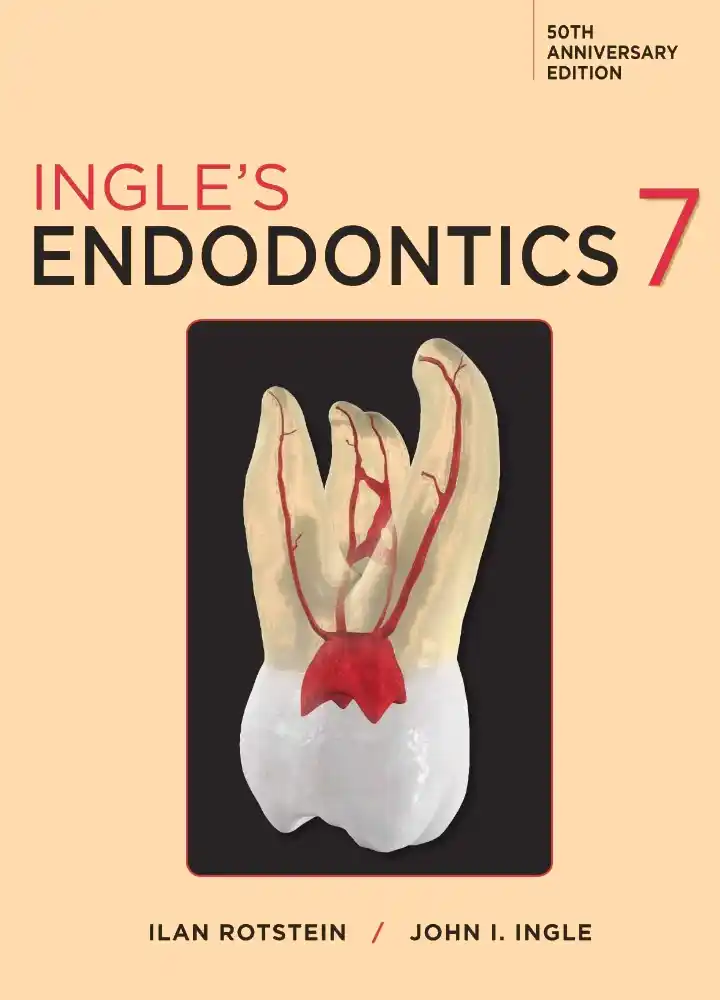
Table of Contents


Composite Injection Molding: 5 Transformative Benefits for Effective Smile Restoration

Dental Composite: 5 Stunning Benefits for Effective Smile Enhancement

Teeth Bleaching: 5 Radiant Benefits for Effective Smile Brightening

Dental Veneer: 5 Stunning Benefits for Effective Smile Enhancement

Implant-Supported Fixed Prostheses: 5 Advanced Benefits for Effective Smile Restoration

Endodontics is a specialized branch of dentistry dedicated to diagnosing and treating conditions affecting the dental pulp and surrounding root tissues. By focusing on the tooth’s interior, endodontic treatments, such as root canal therapy, play a critical role in preserving natural teeth that might otherwise require extraction due to deep decay, trauma, or infection. This article explores the definition, procedures, symptoms indicating the need for treatment, benefits, care instructions, and future advancements in endodontics, highlighting its importance in maintaining oral health and function.
Defining Endodontics
Endodontics, derived from the Greek words endo (inside) and odont (tooth), focuses on the dental pulp—the soft tissue inside the tooth containing nerves, blood vessels, and connective tissue—and the periradicular tissues surrounding the tooth’s roots. This specialty addresses issues like pulp inflammation, infection, or necrosis, often caused by deep caries, trauma, or cracks, which affect millions globally (e.g., 15% of U.S. adults report toothache annually). Endodontic treatments aim to eliminate pain, prevent infection spread, and preserve natural teeth, offering a less invasive alternative to extraction and replacement with implants or bridges.
Common Endodontic Procedures
Endodontics encompasses a range of specialized procedures designed to save teeth and restore function:
1. Root Canal Therapy
Root canal therapy is the cornerstone of endodontics, involving the removal of infected or inflamed pulp, cleaning and disinfecting the root canal system, and filling it with biocompatible materials like gutta-percha. The tooth is then sealed with a temporary or permanent restoration, often followed by a crown for durability. This procedure alleviates pain and preserves the natural tooth, with success rates exceeding 90% over 10 years, per clinical studies.
2. Endodontic Retreatment
When a previous root canal fails to heal or develops new issues (e.g., reinfection or persistent pain), retreatment is performed. The tooth is reopened, old filling materials are removed, and the canals are recleaned, reshaped, and resealed. Retreatment addresses complex cases, such as missed canals or fractured instruments, ensuring long-term tooth viability.
3. Apicoectomy
Also known as root-end surgery, apicoectomy is performed when inflammation or infection persists after root canal therapy. The procedure involves surgically removing the root tip and surrounding infected tissue, followed by sealing the canal end with a biocompatible material. This is often used in cases with anatomical complexities or cysts.
4. Pulpotomy
Commonly performed in pediatric dentistry, a pulpotomy removes the coronal portion of the infected pulp while preserving healthy radicular pulp. This procedure alleviates pain and infection in primary or young permanent teeth, maintaining tooth function until natural exfoliation or further treatment.
Symptoms Indicating Endodontic Treatment
Recognizing symptoms early is crucial for timely intervention. Common signs include:
- Severe toothache, especially during chewing or pressure application.
- Prolonged sensitivity to hot, cold, or sweet stimuli, persisting after stimulus removal.
- Swelling, tenderness, or redness in the gums near the affected tooth.
- Tooth discoloration or darkening, indicating pulp necrosis.
- Persistent or recurring gingival abscesses (pimples) near the tooth.
These symptoms may indicate pulp inflammation (pulpitis) or infection, necessitating prompt endodontic evaluation to prevent tooth loss or systemic complications.
Benefits of Endodontic Treatment
Endodontic treatments offer significant advantages for patients and clinicians:
- Pain Relief: Eliminates discomfort from inflamed or infected pulp, restoring patient comfort.
- Tooth Preservation: Saves natural teeth, avoiding extraction and preserving oral function and aesthetics.
- Infection Prevention: Removes infected tissue and seals canals, preventing abscesses or spread to adjacent tissues.
- Restored Function: Treated teeth regain normal chewing and biting capabilities, enhancing quality of life.
- Cost-Effectiveness: Preserving natural teeth is often more economical than implants or bridges over time.
Post-Treatment Care
Proper care ensures the longevity of endodontically treated teeth:
- Oral Hygiene: Brush twice daily with fluoride toothpaste and floss to prevent secondary decay or periapical issues.
- Regular Check-Ups: Schedule dental visits every 6–12 months to monitor the treated tooth and detect issues early.
- Avoid Hard Foods: Refrain from chewing hard or sticky foods (e.g., nuts, candies) to protect restorations.
- Mouthguard Use: Wear a custom mouthguard for sports or if bruxism (teeth grinding) is present to prevent fractures.
- Restoration Maintenance: Ensure crowns or fillings are intact, as compromised restorations can lead to reinfection.
Challenges and Considerations
Endodontic treatment presents challenges:
- Complexity: Anatomical variations (e.g., curved canals) require specialized skills and tools like dental operating microscopes.
- Success Rates: While high (90–95%), failures can occur due to reinfection or undetected canals, necessitating retreatment or surgery.
- Patient Anxiety: Fear of root canals, despite modern anesthesia, may deter timely treatment. Patient education is key.
- Cost: Procedures like root canals ($800–$1,500 in the U.S.) can be costly, though less than implants.
Future Innovations
Endodontics is advancing with technology and research:
- Digital Endodontics: Cone-beam CT and digital apex locators enhance precision in canal navigation.
- Regenerative Endodontics: Stem cell therapies and bioactive materials may regenerate pulp tissue, particularly in pediatric cases.
- Minimally Invasive Techniques: Laser-assisted disinfection and ultrasonic irrigation improve outcomes.
- AI Diagnostics: AI tools may predict treatment success or identify complex canal anatomies.
Conclusion
Endodontics is a vital specialty in modern dentistry, preserving natural teeth through procedures like root canal therapy, retreatment, apicoectomy, and pulpotomy. By addressing pulp-related issues, endodontics relieves pain, prevents infection, and restores function, enhancing patient quality of life. With proper post-treatment care and advancements in digital and regenerative technologies, endodontics continues to evolve, offering specialized solutions for tooth preservation. Consult a certified endodontist or visit American Association of Endodontists for more information.
- American Association of Endodontists. (2025). What is Endodontics?
- American Dental Association. (2025). Root Canal Treatment.
- Torabinejad, M., et al. (2017). Regenerative Endodontics: A Review. Journal of Endodontics, 43(9), S16–S31.
- American Association of Endodontists. (2025). Endodontic Treatment Options.
